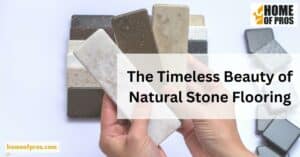Keeping your floors in good condition is an important part of maintaining your home or workspace. However, even with regular cleaning and maintenance, common flooring issues can arise. From scratches and stains to buckling and warping, these issues can be frustrating and, if left untreated, can even lead to more serious damage.
Common flooring issues such as gouges, stains, grease and oil stains, and dried spills can all be addressed with practical solutions. Clean up spills immediately, scrub away stains with a mild detergent or specialized cleaner, and hire a professional for deep gouges or really stubborn stains.

1. Gouges in the Coating
Gouges in the coating refer to the deep scratches or cuts that penetrate through the surface layer of your flooring. These damages could be caused by various factors such as dragging heavy furniture, dropping sharp objects, or even regular foot traffic over time. Gouges not only diminish the aesthetic appeal of your floor but also compromise its structural integrity, making it prone to further damage if left unattended.
There are several methods to repair gouges in your floor coating:
- Patch and Refinish: This method involves cleaning the gouged area, filling it with a suitable patching compound, and then refinishing the surface to match the rest of the floor. This is ideal for minor to moderate gouges.
- Replacement: For severe gouges that have penetrated deep into the flooring material, replacing the damaged section might be the best solution. This involves cutting out the damaged area and replacing it with a new piece of flooring.
- Professional Repair: If the gouge is extensive or the floor material is delicate (like hardwood), it’s recommended to hire a professional flooring contractor. They have specialized tools and expertise to restore your floor to its original condition.
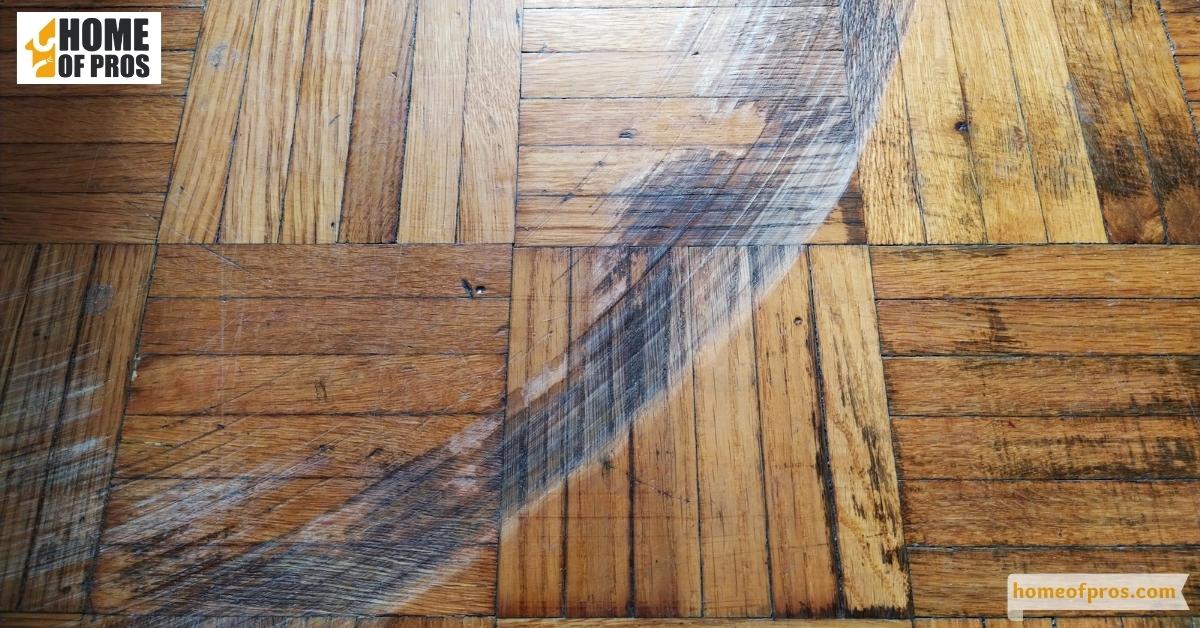
2. Stains on the Coating
Stains on the coating refer to unwanted discolorations that appear on your floor’s surface. These unsightly spots can originate from various sources, including food and drink spills, pet accidents, ink, oil, or even certain types of footwear. Left untreated, these stains can become stubborn over time and mar the beauty of your floors.
Here are some practical solutions to handle stains on your floor coating:
- Immediate Cleaning: The best way to prevent a stain is to clean up any spills immediately. Using a soft cloth or sponge with a mild detergent should do the trick for most stains.
- Specific Stain Removers: Depending on the type of stain, you may need a specific stain remover. For example, hydrogen peroxide works well on organic stains like coffee or wine, while a paste of baking soda and water can help remove oil stains.
- Refinishing: If the stain has penetrated the coating and settled in, you may need to refinish the affected area. This involves lightly sanding the stain away, then applying a new coat of finish.
- Professional Cleaning: For stubborn or large stains, consider hiring a professional floor cleaning service. They have the tools and expertise to tackle tough stains without damaging your floor.
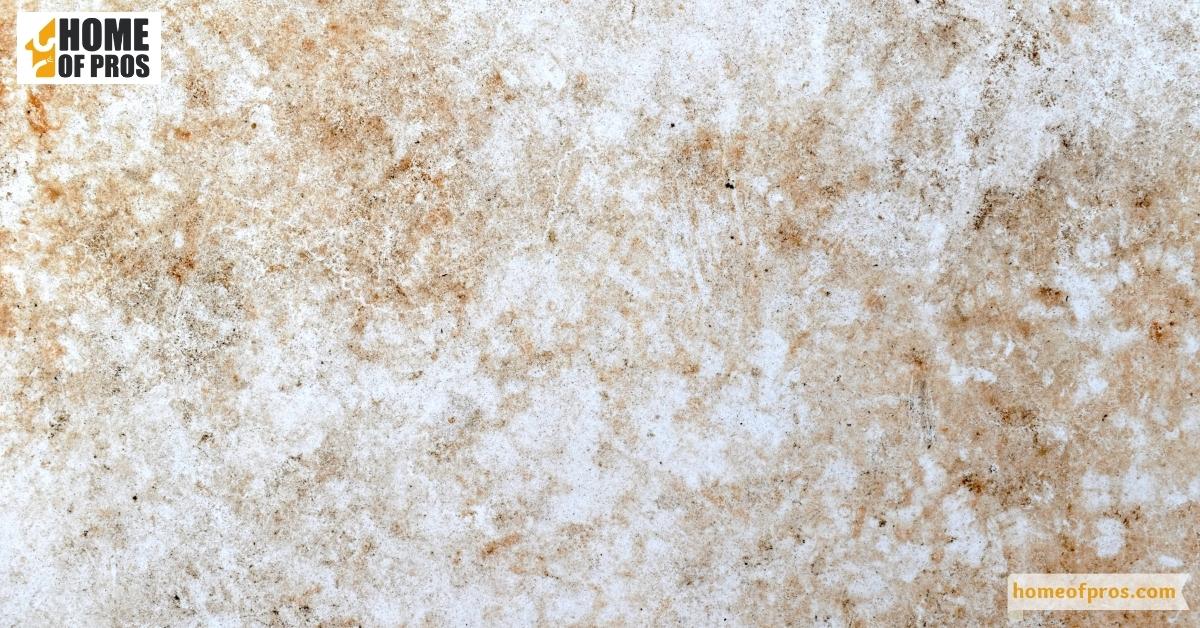
3. Grease and Oil Stains on the Coating
Grease and oil stains on the coating refer to the unsightly marks left on your floor due to spills or leaks of oily substances. These can come from cooking oils, automotive oils, or even natural body oils. If not treated quickly, these stains can seep into the coating, making them tough to remove and potentially causing long-term damage.
Here are some effective solutions for tackling grease and oil stains:
- Immediate Action: As with any other stain, the sooner you tackle it, the easier it is to remove. Use an absorbent material like cat litter, sawdust, or baking soda to soak up as much of the oil or grease as possible.
- Degreasing Solutions: Once you’ve removed the excess oil or grease, apply a degreasing solution to the stain. This could be a commercial degreaser or a homemade solution of hot water and dish soap.
- Scrubbing: Use a stiff-bristled brush to scrub the area gently. Be careful not to scrub too hard as it might damage the coating.
- Rinsing and Drying: Rinse the area thoroughly with clean water and ensure it’s completely dry before using it again. Moisture can lead to more issues like mold or mildew.
- Professional Cleaning: If the stain persists, consider hiring a professional cleaning service. They have the expertise and equipment to handle stubborn stains.
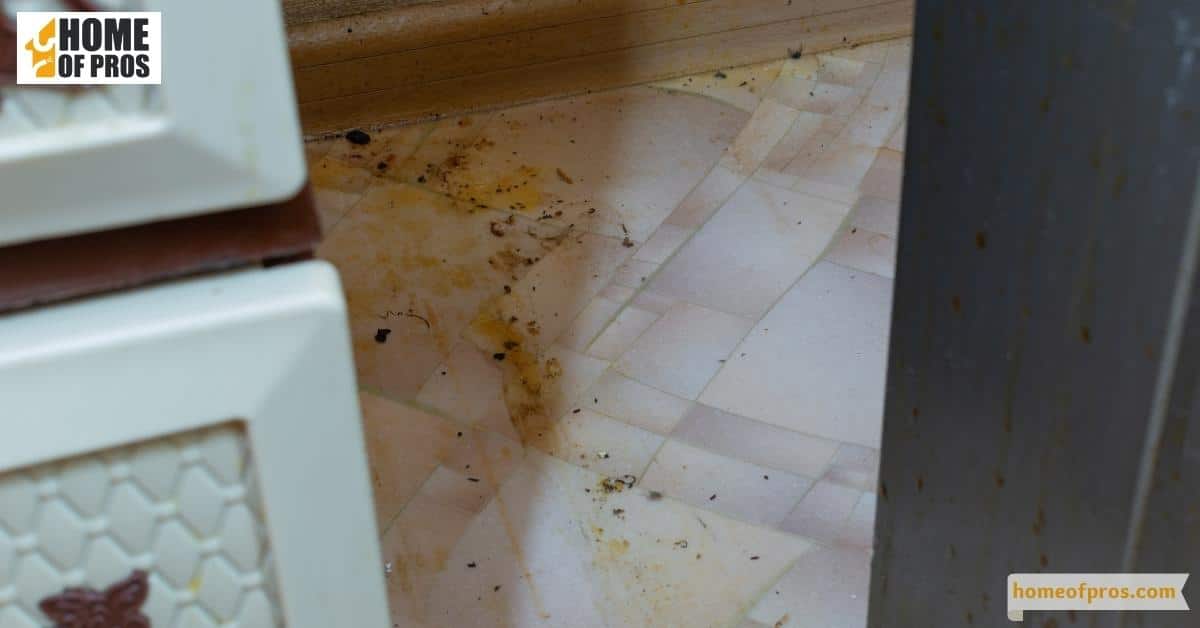
4. Dried Spills and Really Stubborn Stains
Dried spills and stubborn stains refer to those tricky, persistent discolorations that have had time to set into your floor’s surface. These could be the result of spills that weren’t cleaned immediately or stains from substances with high coloration or corrosive properties.
Here are some practical solutions for tackling these challenging stains:
- Soaking: For dried spills, start by soaking the stain in a suitable cleaning solution. Warm soapy water can be effective for many stains. If you’re dealing with a stain on a wooden floor, white vinegar can help.
- Scrubbing: Once the stain has been soaked, use a scrub brush or sponge to gently remove the stain. Be careful not to scrub too hard, as this can damage the floor’s surface.
- Specialized Cleaners: For really stubborn stains, you may need a specialized cleaner. For example, a mixture of hydrogen peroxide and oxygen cleaner can be used for tough stains on tile floors. A paste of milk and cornstarch can be effective for certain types of stains.
- Professional Cleaning: If home remedies aren’t doing the trick, it might be time to call in the professionals. They have specialized tools and cleaning solutions that can handle even the most stubborn stains.
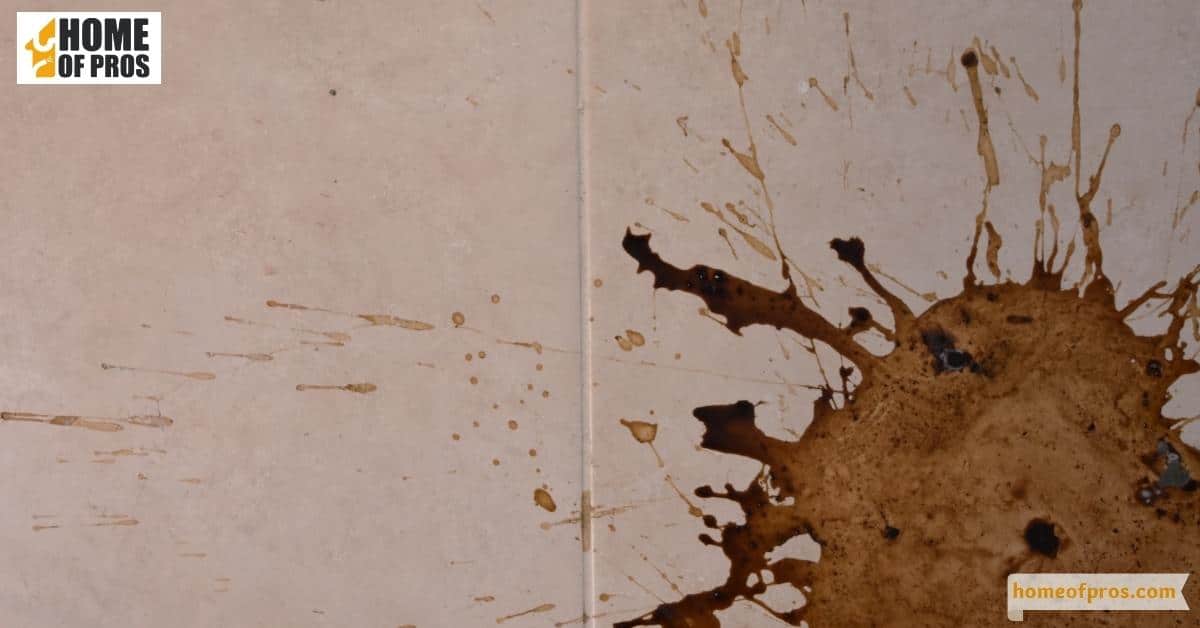
In conclusion
Keeping your floors in top condition doesn’t have to be a headache. By troubleshooting common flooring issues and seeking out timely repairs and maintenance, you can ensure that your floors last for years to come.
Remember to keep an eye out for signs of wear and tear, address spills and stains as soon as they occur, and seek professional assistance when necessary. With these practical tips in mind, you can enjoy beautiful, well-maintained floors in your home or business for many years to come.






